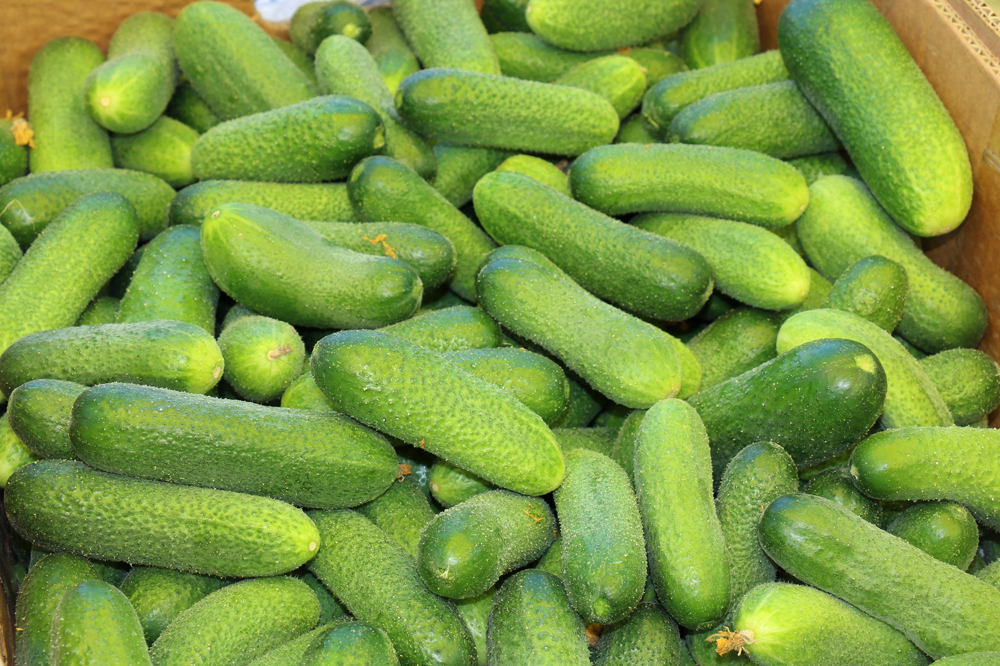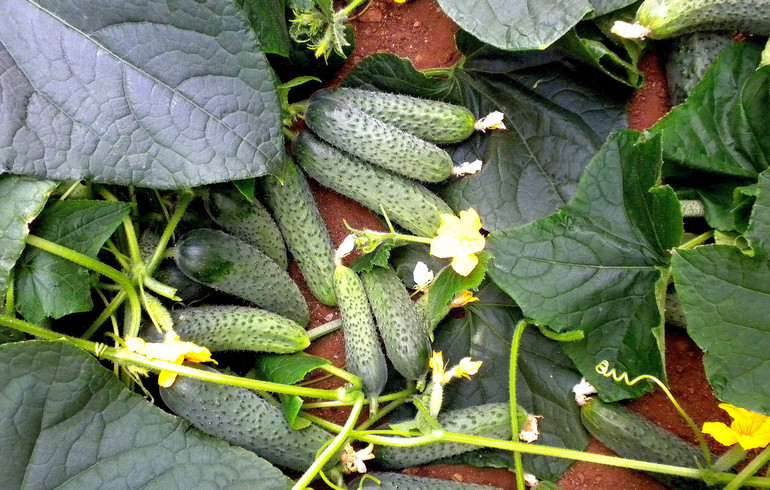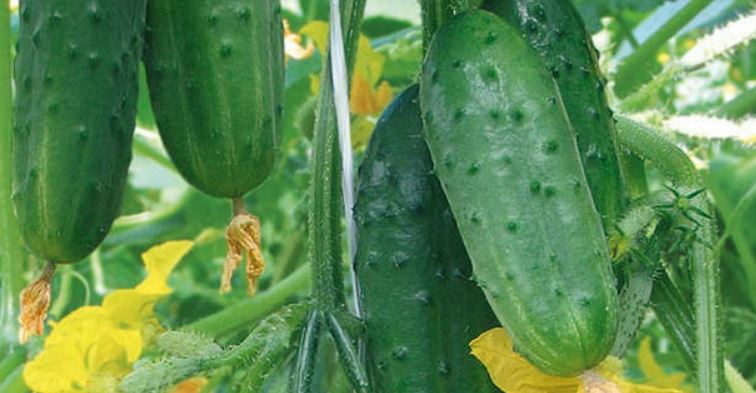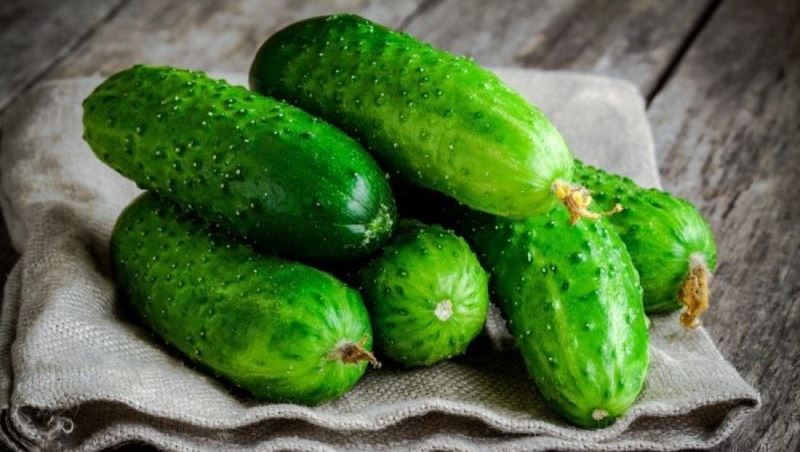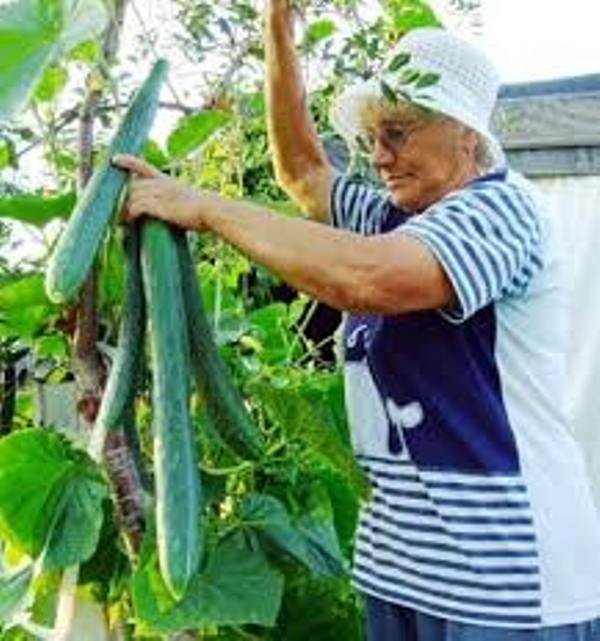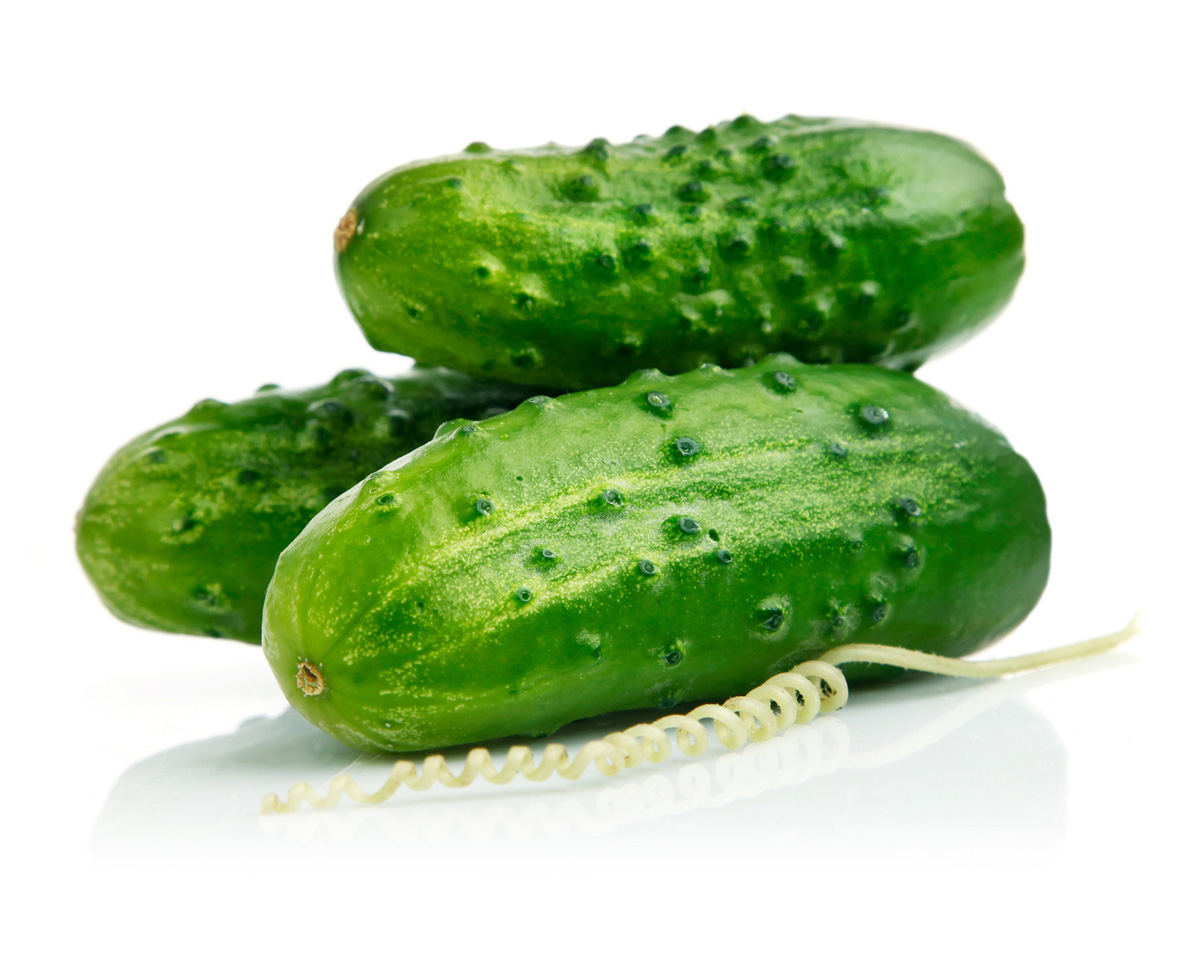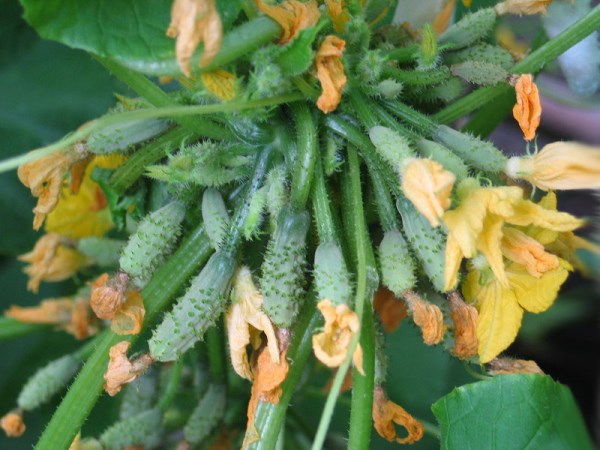Content:
The name "Lukhovitsky cucumbers" includes two different concepts. Lukhovitsy cucumbers are called zelents grown in the Moscow region with the center in the city of Lukhovitsy, cucumbers grow here in several varieties. The second concept is a hybrid bred by selection, called Lukhovitsky F1.
What varieties and hybrids belong to the Lukhovitsky
Lukhovitskiy district has unique climatic and soil conditions that allow growing small cucumbers with thin skin, without voids and with a delicious crunch.
The cultivation of cucumbers has become a traditional fishery in this region only since the thirties of the last century. Previously, cattle breeding, fishing and hunting flourished there. When the mass plowing of the land began, it turned out that there were no better conditions for the cultivation of cucumbers suitable for pickling. And what is the Russian table without pickled cucumbers?
The area became so famous for its new craft that grateful Lukhov residents even immortalized the Zelenets, which had become famous, erecting a sculptural composition in the form of a barrel with a pimpled cucumber standing on it on the square.
These cucumbers have gained such popularity that they were even patented as a brand, and the sellers have a certificate confirming that these products were grown in the Lukhovitsky region. Confirmation became necessary because fruits from other regions of Russia began to be issued for cucumbers from Lukhovitsy.
These varieties are united by such qualities as:
- early maturity;
- cold resistance;
- small fruit size;
- thin rind, absence of voids and bitterness, characteristic crunch;
- versatility in use.
The Yegoryevsky cucumber is a collection of varieties, the seeds of which were produced at the Yegoryevsky greenhouse plant, including the seeds of the Lukhovitsky cucumbers.
Lukhovitsky cucumbers In addition to these well-known varieties, hybrids of Russian and foreign selection that meet the requirements of this brand are also grown in the Lukhovitsky region.
How to cultivate Lukhovitsky cucumbers
The key to success in growing Lukhovitsky cucumbers is three features of this area:
- High humidity level.
- Long season with positive temperatures.
- Fat content of the soil.
Over the years of crop cultivation, special methods have been developed that allow local gardeners to obtain large early yields of exclusive quality products. The growing technique is as follows:
- The place for the beds is chosen light, without moisture stagnation. In autumn, the land is cleared of last year's plants, dug up, and the necessary fertilizers are applied.
- In the spring, warm greenhouses are created by digging a trench and laying straw on its bottom, which, when rotted, releases heat.
- The straw is covered with soil, which is a mixture of humus, garden soil and peat.
- Wells are made at intervals of 30 cm, fertilizers are added to each well (rotted manure, chicken droppings, etc.)
- Pre-soaked cucumber seeds are planted in 2 pieces for each well and covered with two layers of polyethylene.
Instead of straw, cow or horse manure is a good choice for biofuel. To this end, in the fall, a heap of fresh manure is covered with a layer of soil, and on top - with polyethylene, so that the manure does not freeze. In early spring the heap is opened and shoveled. With air access, the manure heats up independently to about +55 degrees. These procedures are carried out even before the snow has completely melted.
A black film spreads on the ground so that this place warms up in the sun, then the thawed earth is dug to a depth of 40 cm, sawdust with urea is poured on the bottom with a layer of 10 cm, filled to the brim with heated manure and covered with a layer of surface soil.
To raise the temperature, cover this bed with black film for a couple of days. Then slots are made in the film, seeds are sown in them. The bed is covered with a double layer of film. A month later, the resulting seedlings are planted in a permanent place. Greenhouses often serve as such a place, because it is easiest to create optimal conditions there, but it is also possible to grow cucumber seedlings outdoors.
In open field, cultivation should still be done through seedlings, because seeds placed in unprotected soil may not withstand temperature changes.
Watering is carried out regularly as the soil dries up; during fruiting, watering is increased. Do not pour cold water on cucumbers!
The soil under the cucumbers should be loose, while it is not recommended to loosen it in the usual way, so as not to damage the shallow roots. It is possible to achieve the necessary looseness of the soil by mulching with humus.
With greenhouse cultivation, it is necessary to maintain a temperature of +25 degrees. If the temperature rises, the shelter should be ventilated or even partially removed. At night, the temperature should not be allowed to drop below + 16 °.
The first feeding is done after the appearance of three true leaves. The most suitable preparation is "Sudarushka"; at the first feeding, half of the norm is taken with the addition of organic matter. Further fertilization is carried out according to the rates indicated on the packages.
You need to collect greens at least every other day. For cucumbers to have a marketable appearance, they should not be stored. The freshness of the fruit can be determined by the presence of a flower at the end of the fruit.
Description of the features of the hybrid Lukhovitsky F1
If Lukhovitsky cucumbers as a brand can be grown only in the Lukhovitsky district of the Moscow region, then the hybrid Lukhovitsky F1, fortunately for gardeners, can be grown on their farms, dachas and farmsteads. Characteristics of the hybrid Lukhovitsky F1:
- early ripening;
- flowers of only female type, excluding the need for pollination;
- the formation of ovaries in the form of bundles;
- high productivity;
- slight susceptibility to disease;
- suitability for canning.
Outwardly, such cucumbers look very attractive: they are dark green in color, with implicit white longitudinal lines and are completely covered with light thorny pimples. The weight of one cucumber is approximately 100 g, and the length does not exceed 12 cm.Another indisputable advantage is that all Zelentsy are approximately the same size.
The disadvantage is the relative high cost of seeds, which must be purchased every year. As you know, hybrids are not able to give their seeds.
But such cucumbers cannot outgrow and turn yellow, together they acquire marketable ripeness. After about 40 days, you can start harvesting the first fruits. Due to the presence of exclusively female flowers, each of them gives an ovary, which allows you to collect 6-8 kg of cucumbers from each bush.
The bush has no restrictions in growth, it gives few lateral processes. The variety is suitable for cultivation in greenhouses and greenhouses, since it does not need insect pollination. Of course, it can also be grown in unprotected soil.
Hybrid growing rules
For seedlings, seeds are sown in April, and transplanted to the beds in late May - early June. You need to plant cucumber seedlings at intervals of half a meter. A greenhouse or a temporary shelter made of film or covering material can serve as a permanent landing site. It is immediately recommended to arrange trellises for tying.
The soil must be constantly kept moist, but without waterlogging. Water with water at room temperature, after watering, it is required to mulch the soil around the stem.
The hybrid is fed with complex mineral fertilizers and organic matter during flowering and ovary formation.
The harvested crop is not recommended to be stored for a long time so that it does not lose its attractive qualities, especially its wonderful crunch. Although cucumbers are not prone to overgrowth, they should be harvested frequently.
Although such cucumbers will not be called Lukhovitsky, they may well please both the hosts and guests with their exquisite taste and incomparable crunch!



